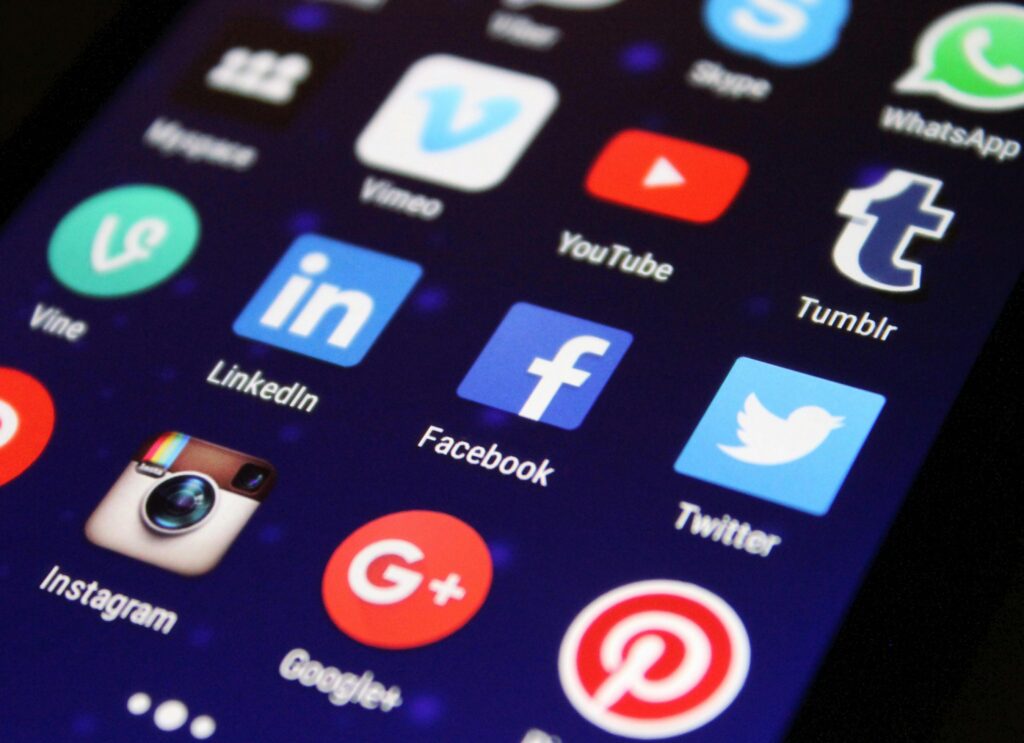Technology and marketing are no longer independent entities in the fast-changing environment of today; they have clashed in ways that have revolutionized sectors. The junction of these two disciplines has produced more creative, data-driven, more customized methods to contact customers. Technology is no longer a supporting actor; rather, it is the engine behind marketing success as companies of all kinds strive to keep ahead.
The Role of Artificial Intelligence in Shaping Modern Marketing Campaigns
At a front stage in the tech-driven marketing revolution is artificial intelligence (AI). By the use of predictive analytics, machine learning algorithms, and real-time data processing, artificial intelligence is enabling marketers to produce wiser, more effective campaigns. AI is helping companies provide very customized experiences that appeal to specific consumers, not only automating monotonous chores. AI can forecast consumer behavior by means of extensive data analysis, therefore enabling companies to customize their messaging to every phase of the consumer path. Beyond data analysis, virtual assistants and chatbots driven by artificial intelligence are changing consumer contacts. These instruments gather important information about consumer preferences and issues and offer quick, 24-hour help. This direct line of contact helps companies better grasp their audience, hence guiding more focused and successful marketing initiatives.
Big Data and Analytics: Fueling Smarter Marketing Decisions
Modern marketing is built on data. Hence, the development of big data analytics has given companies an unheard-of understanding of customer behavior. Access to large repositories of data from many sources—social media, internet activity, purchase history, and more—allows marketers to make data-driven judgments previously unattainable. This guarantees that the correct message gets to the correct audience at the correct moment, therefore enabling more focused advertising. Big data-powered predictive analytics lets companies see consumer requirements before they become known. Along with enhancing the client experience, this proactive strategy increases conversion rates.
Mass SMS Texting: The Future of Real-Time Customer Engagement
One of the most successful techniques for real-time client involvement is mass texting. With open rates far higher than those of email, SMS marketing lets companies directly and immediately reach their consumers. Mass SMS texting ensures your message is immediately noticed and acted upon, whether you are distributing specials, reminders, or promotions. This direct and personal kind of communication generates an intensity and immediacy that other mediums just cannot equal. Still, the secret to effective mass SMS texting is writing messages that are concise and interesting. Whether through special discounts, flash sales, or important updates, every book should provide value.
Social Media Platforms: Blurring the Line Between Technology and Marketing
Blurring the boundaries between technology and human interaction, social media channels have evolved into the ultimate marketing playground. These sites give companies access to billions of people and unmatched chances for involvement and brand growth. Successful social media marketing depends on your ability to produce material that seems real using the technology tools at hand to increase reach. Technology underpins the success of social media marketing, from ad placement to algorithm targeting. The capacity of technology to micro-target particular groups is among its most important effects on social media. Companies may now specifically target their adverts to the exact demographics of their prospective consumers.
Creating Customer Immersion Experiences Using AR and VR
By means of completely immersive experiences that reject the illusion of physical and digital separation, augmented and virtual reality (AR/VR) are raising client engagement to hitherto unprecedented levels. AR and VR let consumers connect with products in ways once unthinkable in marketing. These technologies improve the user experience, therefore making it more engaging and customized, whether it be digitally putting on items, testing furniture in a digital area, or investigating a virtual store. For companies, AR and VR provide a chance to stand out in a saturated industry. These technologies give a fresh approach to highlighting goods, interacting with consumers, and creating emotional ties. AR and VR are becoming essential instruments for businesses trying to stand out, as customers want brands to provide distinctive and interesting experiences.
Conclusion
As marketing and technology collide, customized experiences, real-time communication, and data-driven methods have become the standard. By using these technology-driven tools and strategies, you will be able to keep ahead of the competition and guarantee that your marketing initiatives are as effective and successful as they may be. The direction of marketing is being driven by technology right now.
- 5 Modern Computer Safety Tips You Should Know About - December 17, 2024
- A Day in the Life of an App Developer - October 24, 2024
- Tech and Marketing: How Industries Collide - October 11, 2024




Comments are closed.